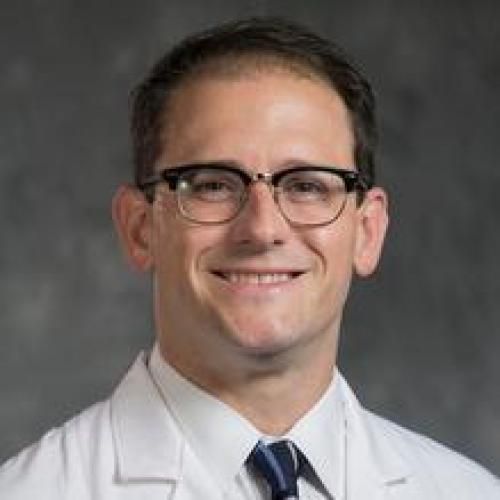
Addition of platelet-rich plasma supports immune modulation and improved mechanical integrity in Alloderm mesh for ventral hernia repair in a rat model.
The recurrence of ventral hernias continues to be a problem faced by surgeons, in spite of efforts toward implementing novel repair techniques and utilizing different materials to promote healing. Cadaveric acellular dermal matrices (Alloderm) have shown some promise in numerous surgical subspecialties, but these meshes still suffer from subsequent failure and necessitation of re-intervention. Here, it is demonstrated that the addition of platelet rich plasma to Alloderm meshes temporally modulates both the innate and cytotoxic inflammatory responses to the implanted material. This results in decreased inflammatory cytokine production at early time points, decreased matrix metalloproteinase expression, and decreased CD8+ T cell infiltration. Collectively, these immune effects result in a healing phenotype that is free from mesh thinning and characterized by increased material stiffness.
Duke Scholars
Altmetric Attention Stats
Dimensions Citation Stats
Published In
DOI
EISSN
Publication Date
Volume
Issue
Start / End Page
Location
Related Subject Headings
- Surgical Mesh
- Rats, Inbred Lew
- Rats
- Platelet-Rich Plasma
- Male
- Hernia, Ventral
- Collagen
- Biomedical Engineering
- Biocompatible Materials
- Animals
Citation

Published In
DOI
EISSN
Publication Date
Volume
Issue
Start / End Page
Location
Related Subject Headings
- Surgical Mesh
- Rats, Inbred Lew
- Rats
- Platelet-Rich Plasma
- Male
- Hernia, Ventral
- Collagen
- Biomedical Engineering
- Biocompatible Materials
- Animals


